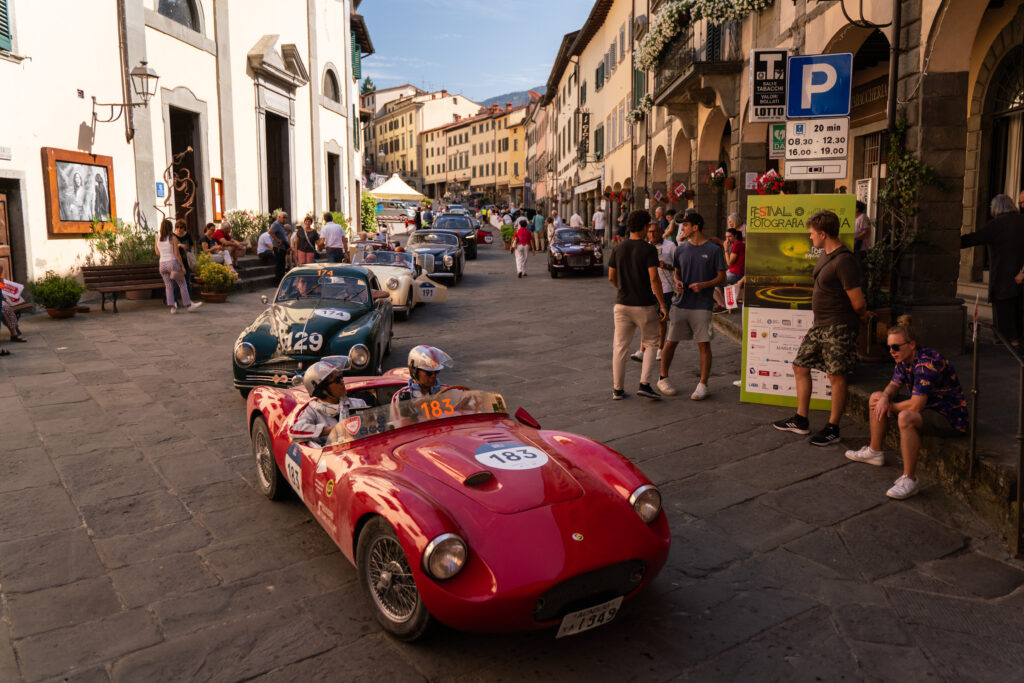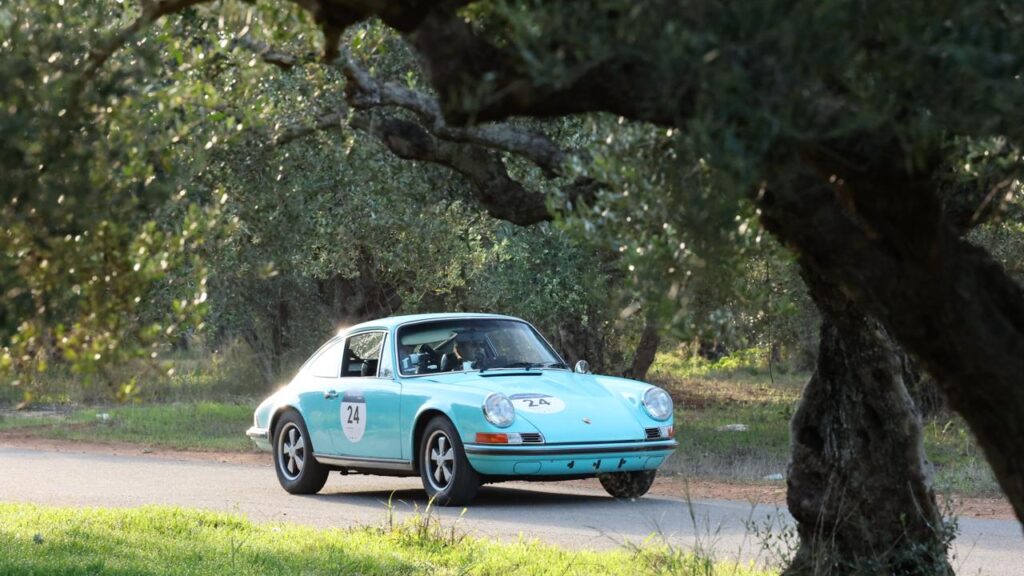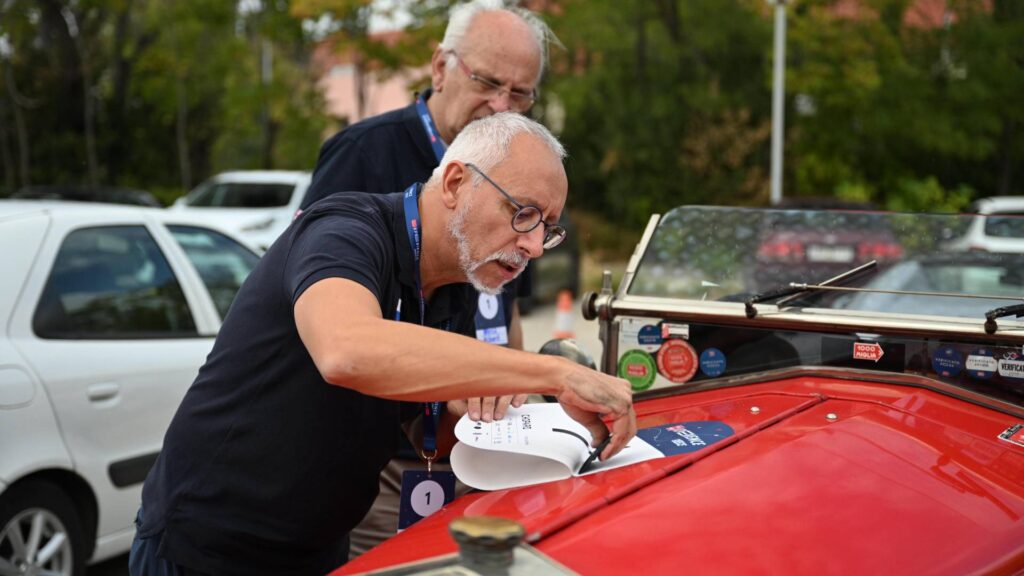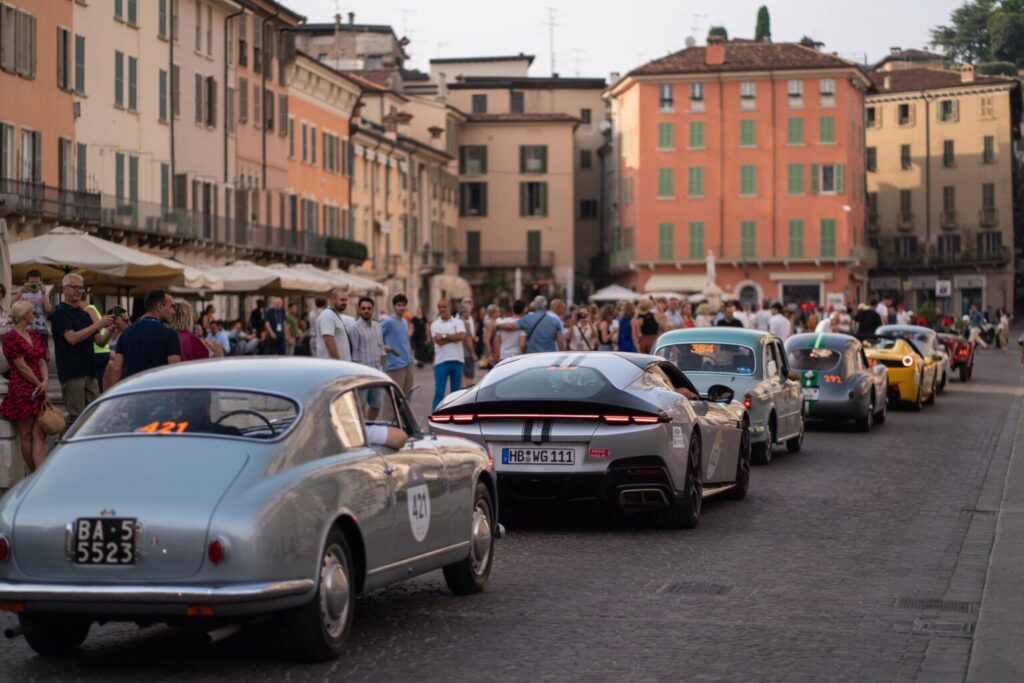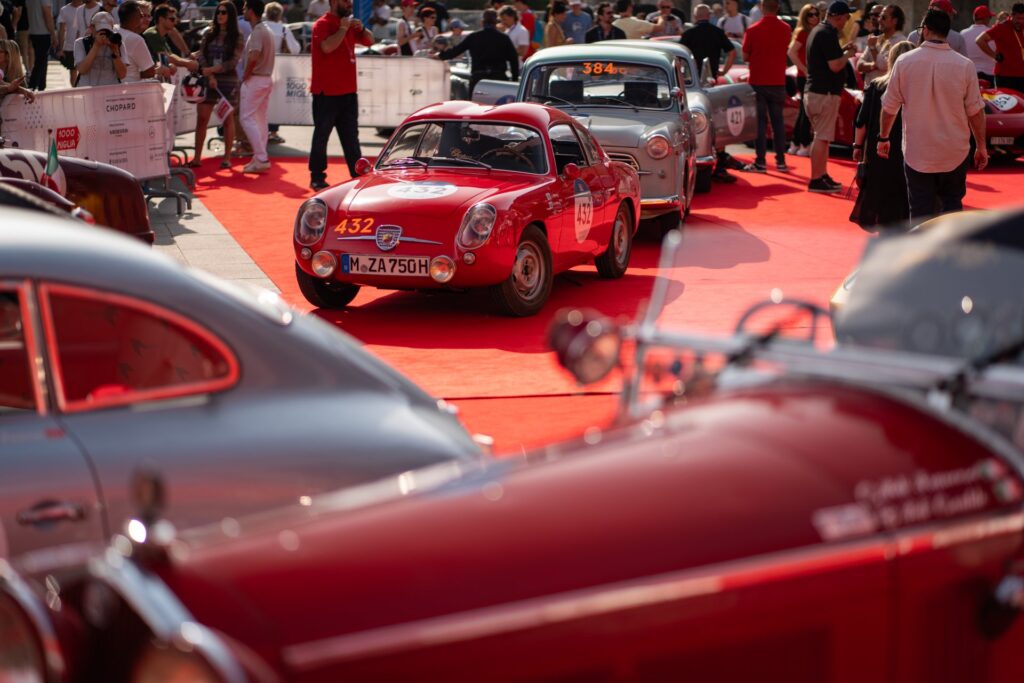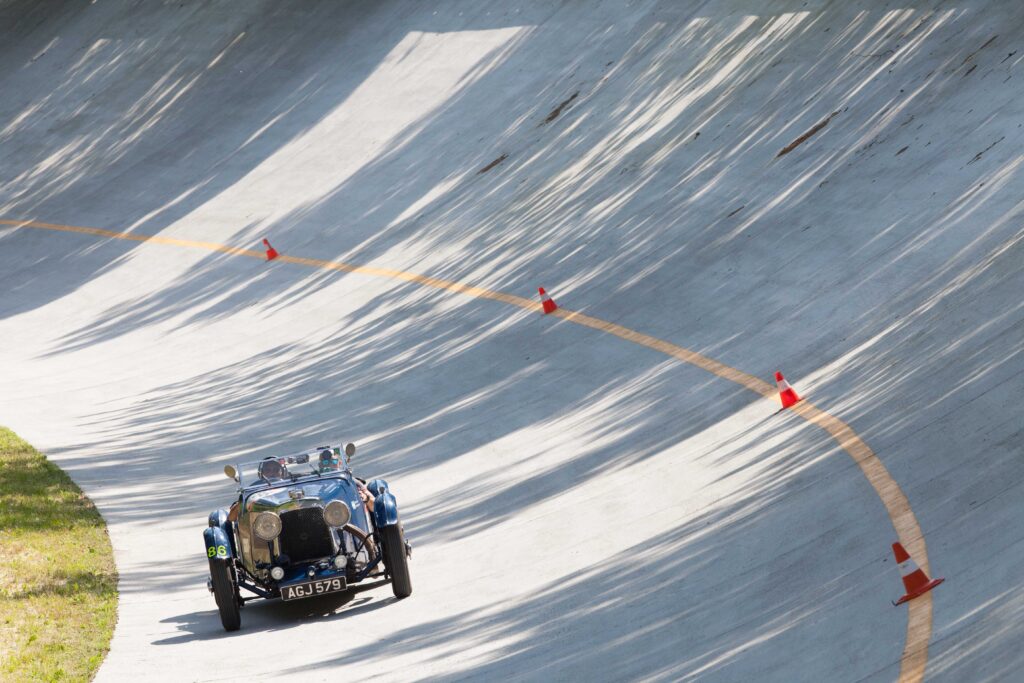The Cultural Soul of the Mille Miglia
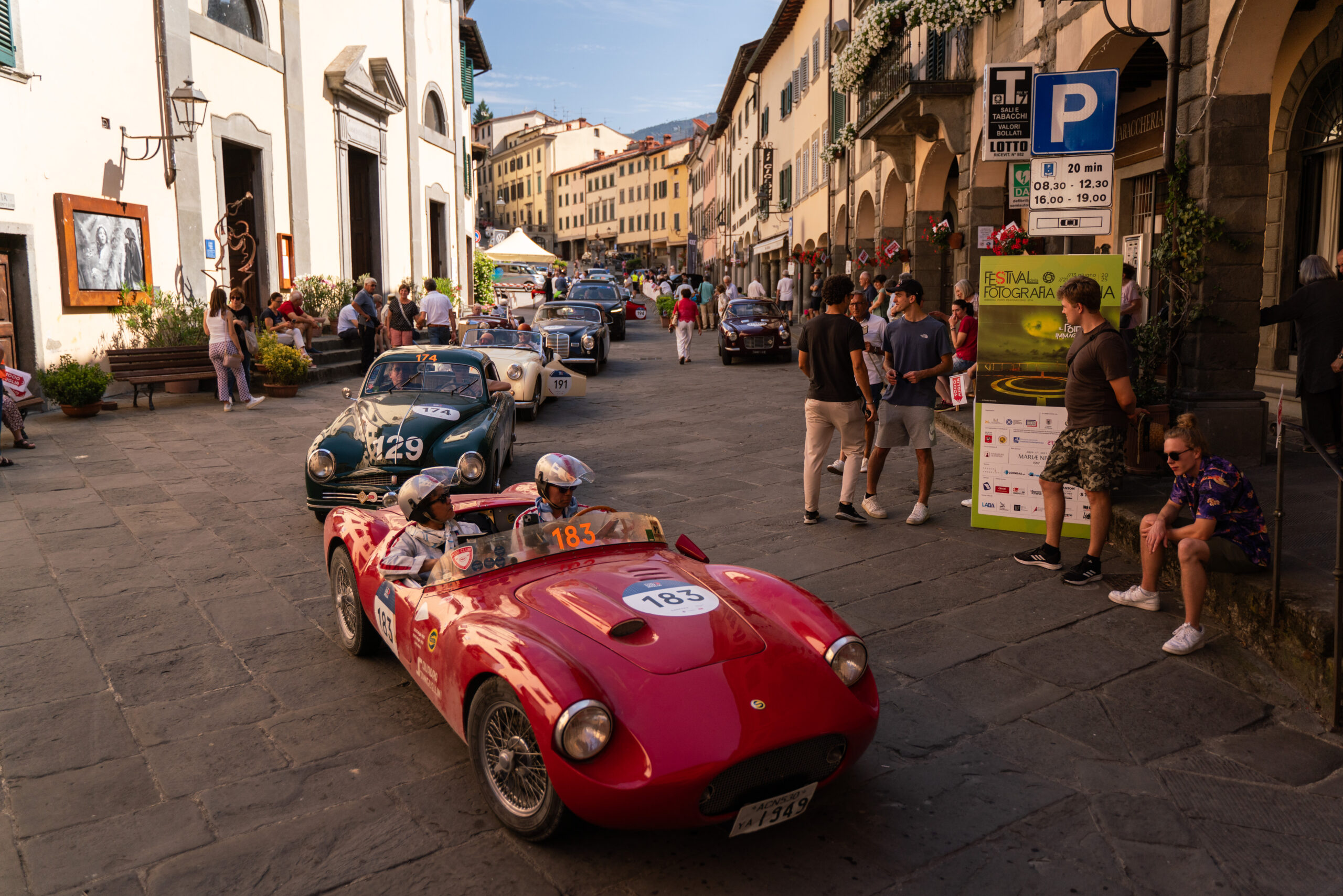
When people speak of the Mille Miglia, they mention roaring engines, vintage Ferraris, and heroic drivers racing through the Italian countryside. But the true beauty of the Mille Miglia lies not only in speed, it lies in culture. It’s in the people, the places, the rituals. It’s in how a race became a living piece of European identity.
Since its debut in 1927, the Mille Miglia has always been about more than the cars. In every village, townspeople would gather to cheer on the drivers, waving flags, offering coffee, and sometimes even helping with roadside repairs. Children skipped school to watch the convoy pass, and bakers would wake earlier just to greet the morning racers with fresh bread and stories. It wasn’t a race through Italy, it was a race with Italy.
This cultural essence is exactly what the 1000 Miglia Experience Greece brings to life today. Yes, we drive extraordinary cars. But more importantly, we drive through stories, through mountain villages where time stands still, by ancient ruins that predate engines by thousands of years, and across landscapes that have inspired poets, painters, and philosophers.
What makes the Mille Miglia unique isn’t just the vintage Alfa Romeos or the elegance of a Bentley or a Mercedes. It’s the feeling of belonging, to a tradition that unites generations, nations, and passions. In both Italy and Greece, hospitality is not a gesture; it’s a way of life. Sharing food, music, history, and joy with those who pass through is as important as the journey itself.
So, when you join the 1000 Miglia Experience Greece, you don’t just join a rally. You enter a living mosaic of culture, where every stop is a celebration, every route a re-discovery, and every moment a reminder that motoring is emotion.
Let us not forget: engines power the car,
but culture powers the experience.
